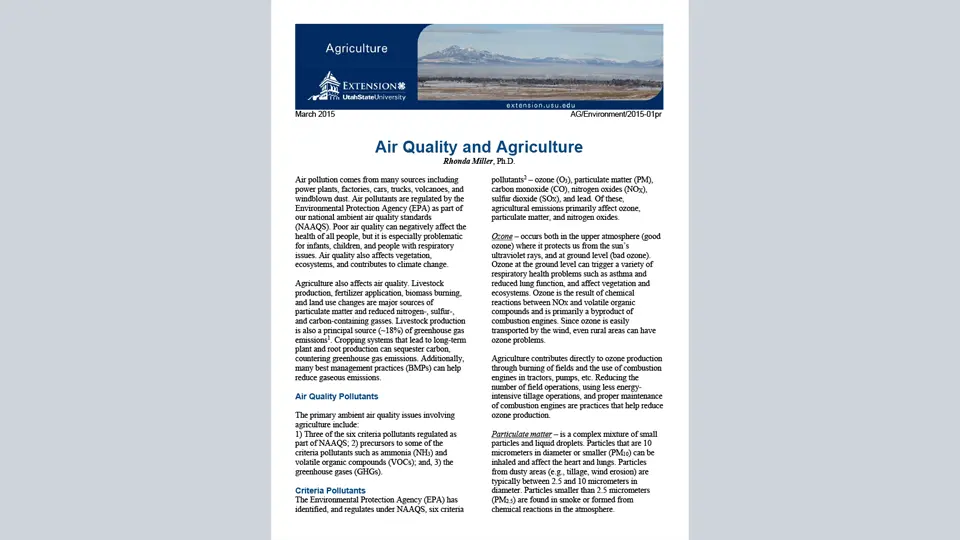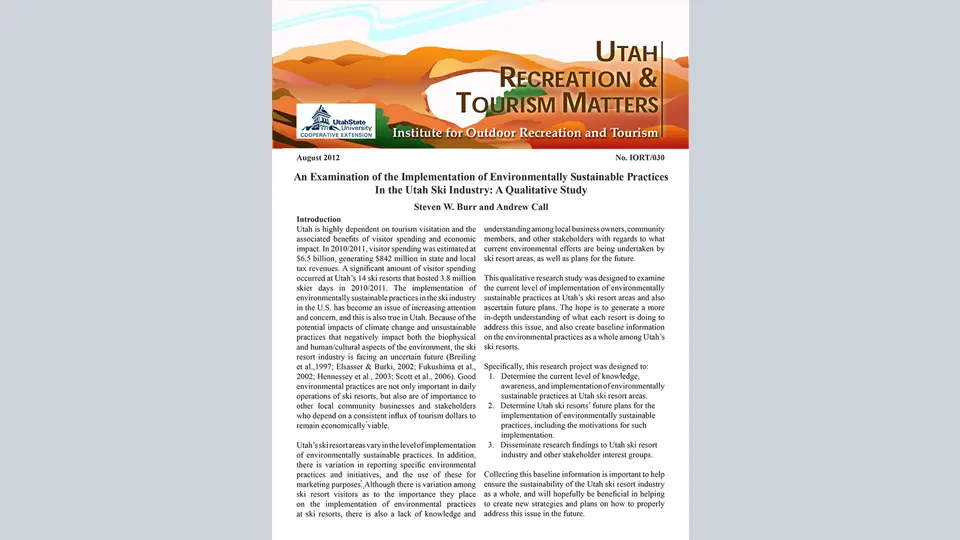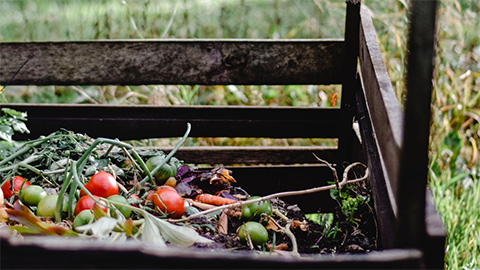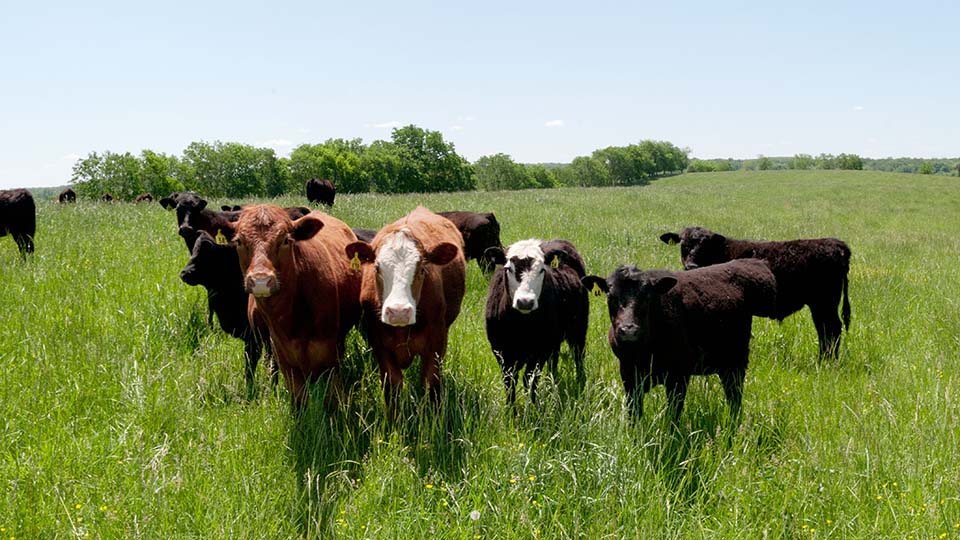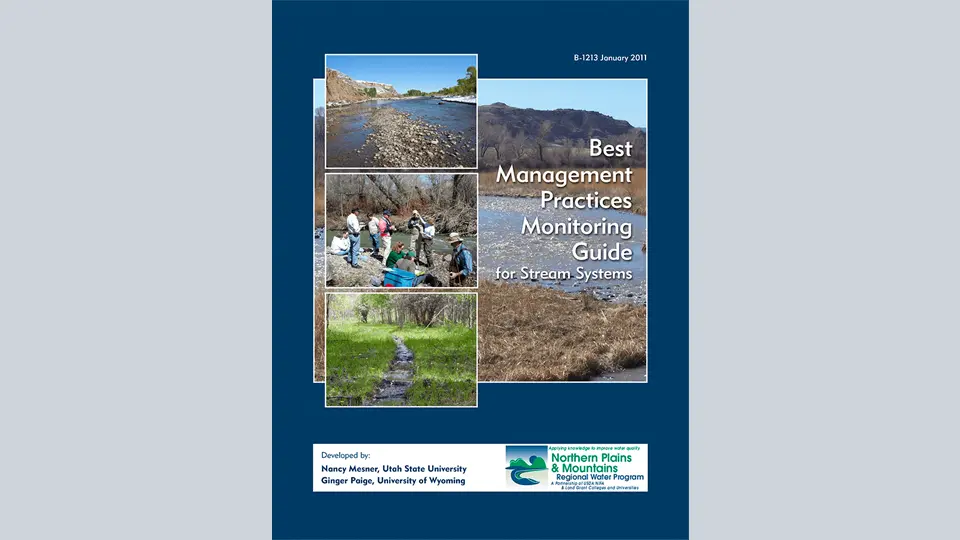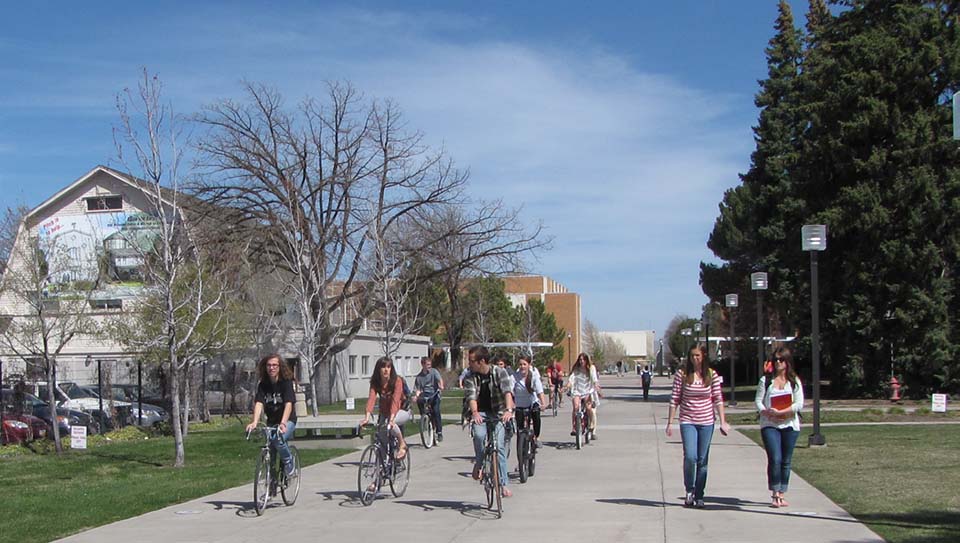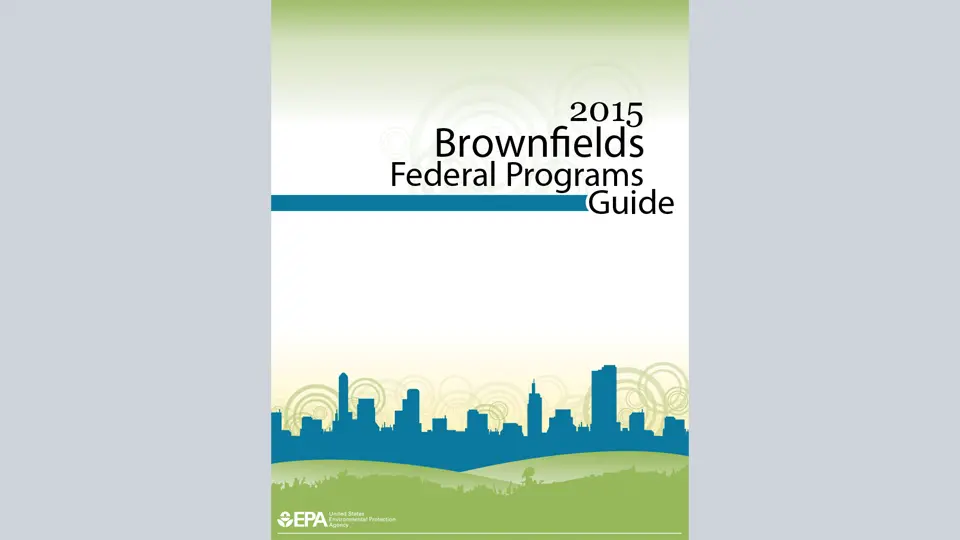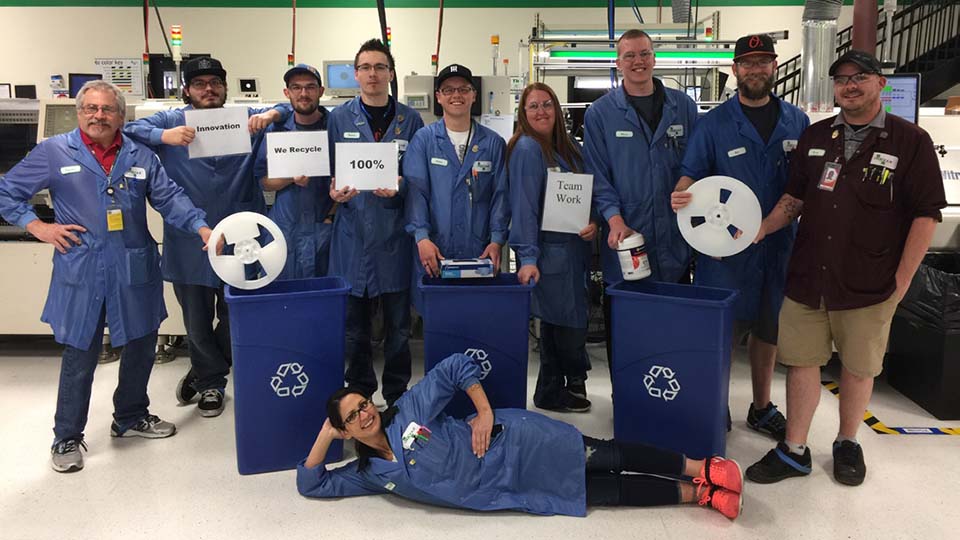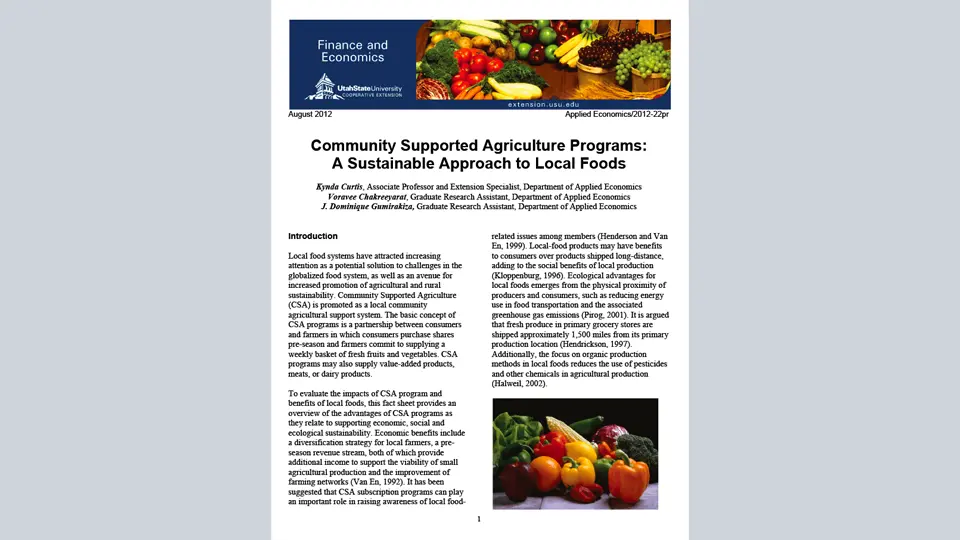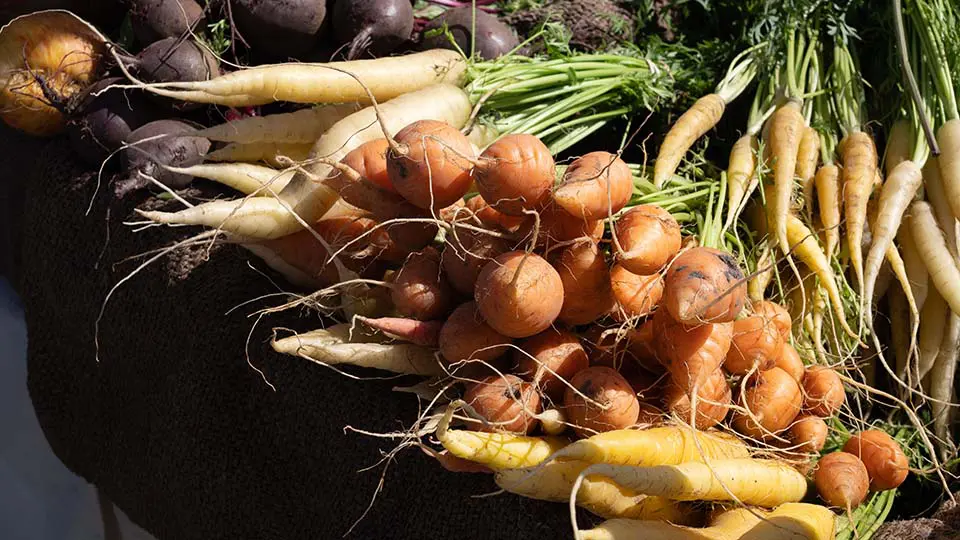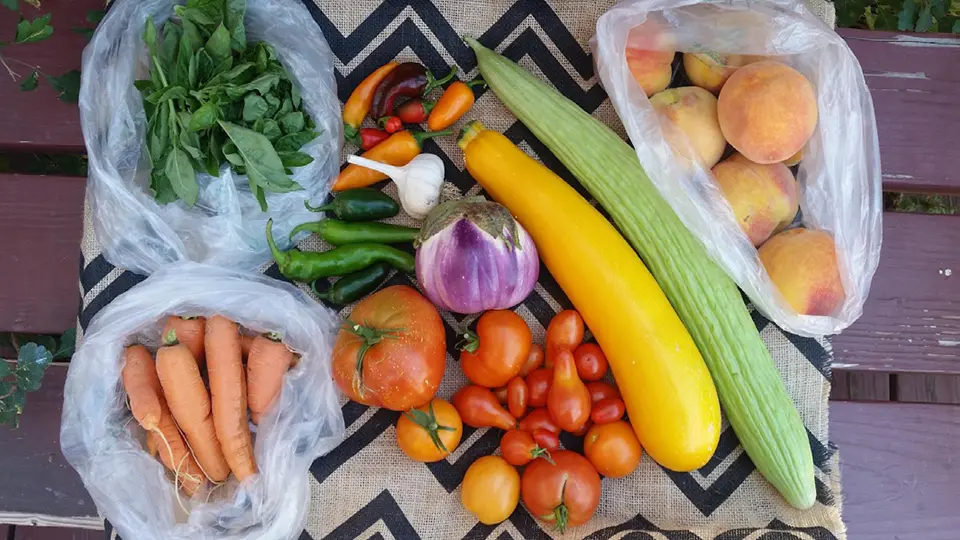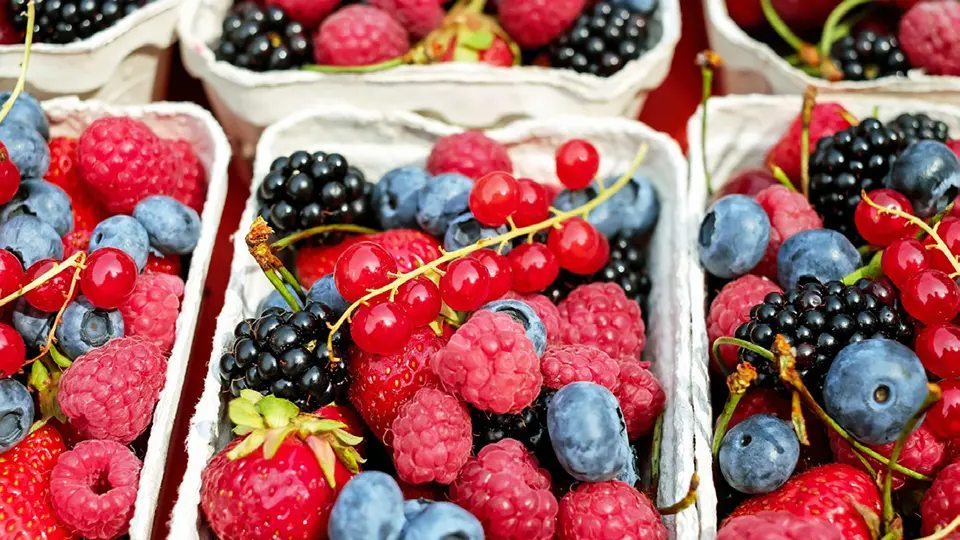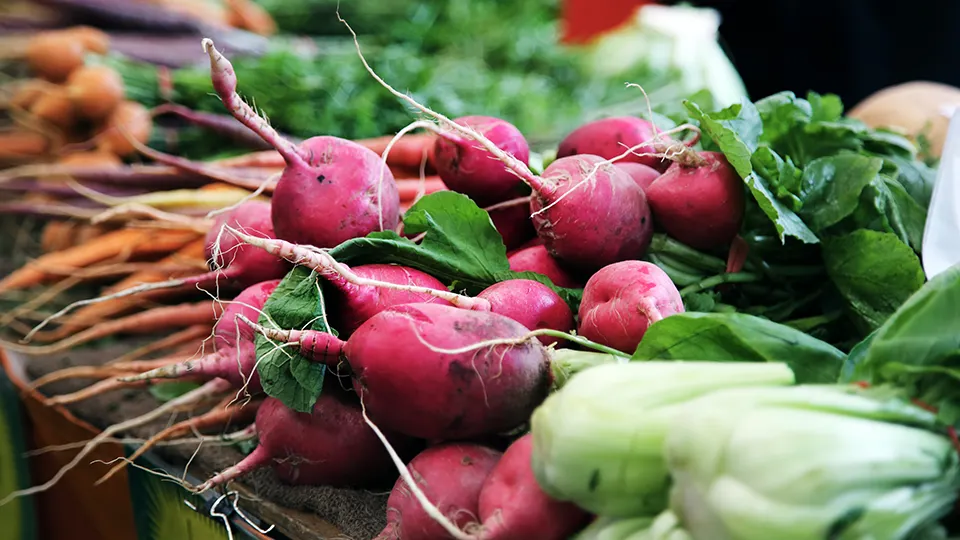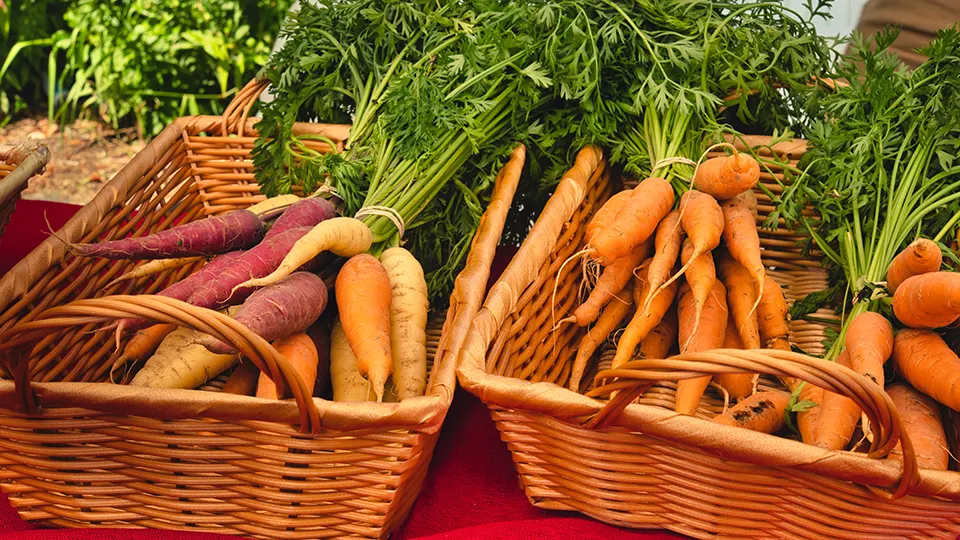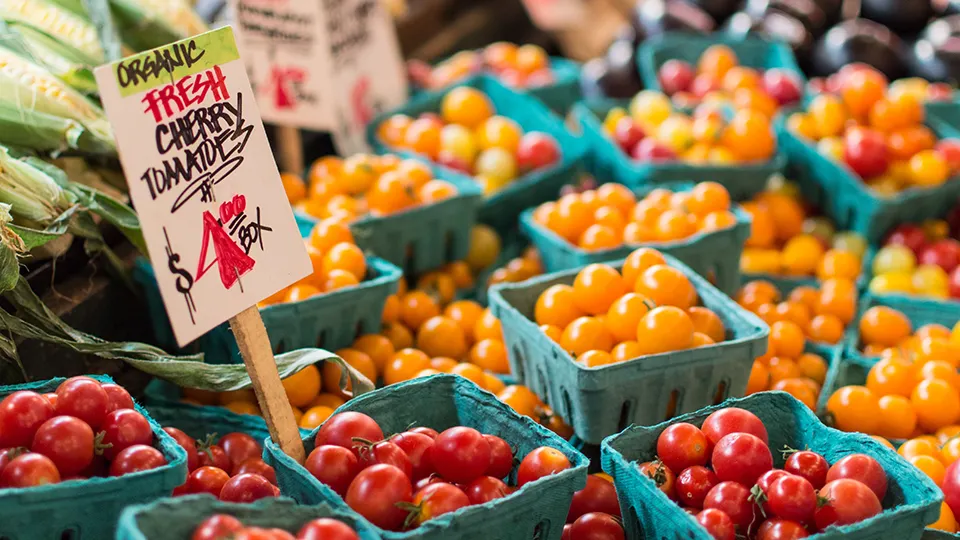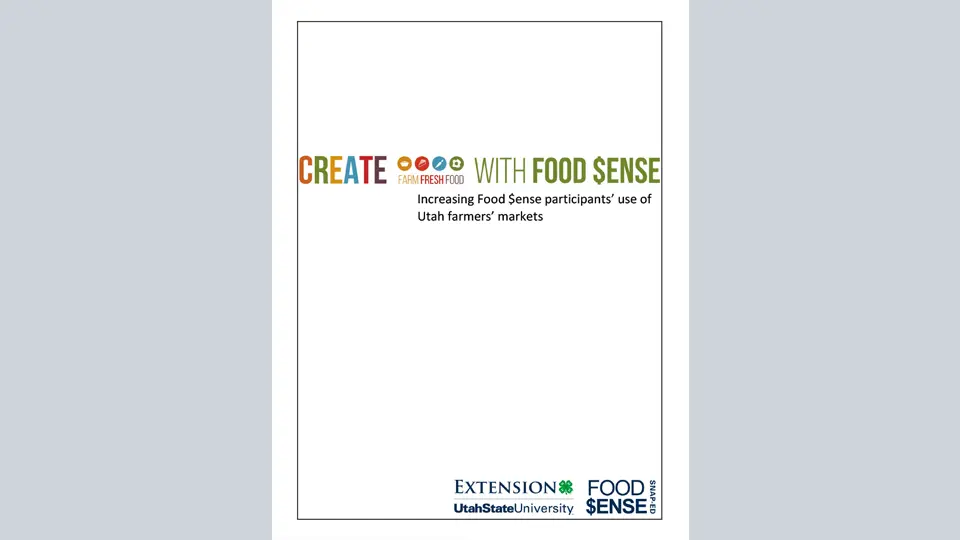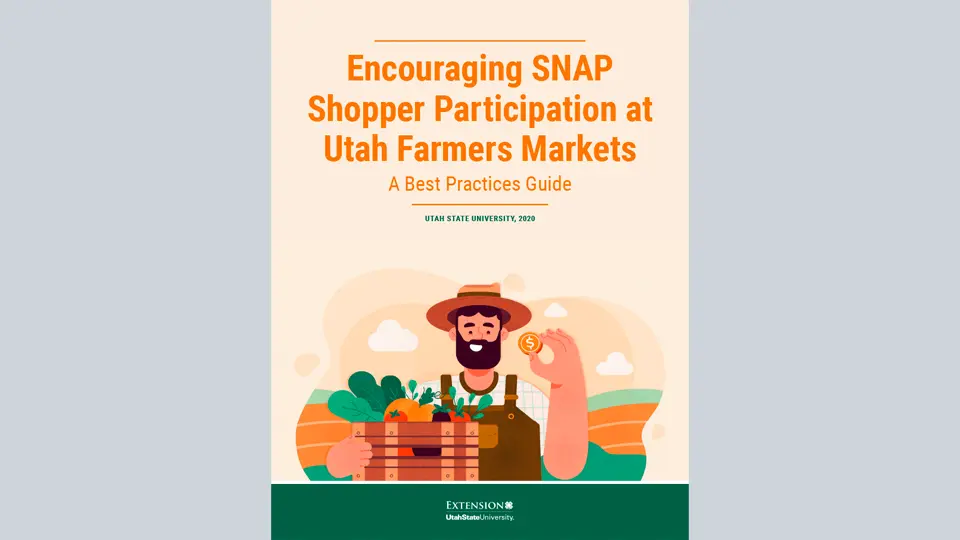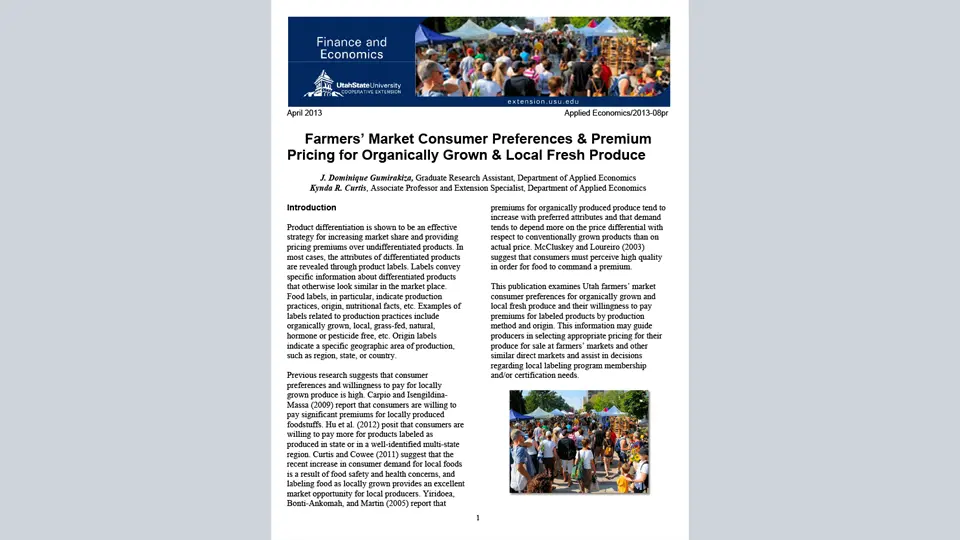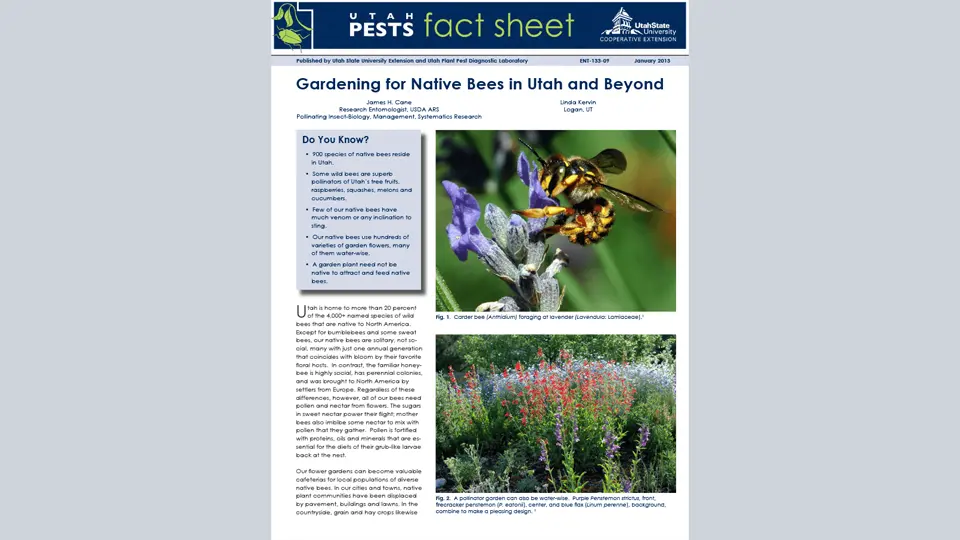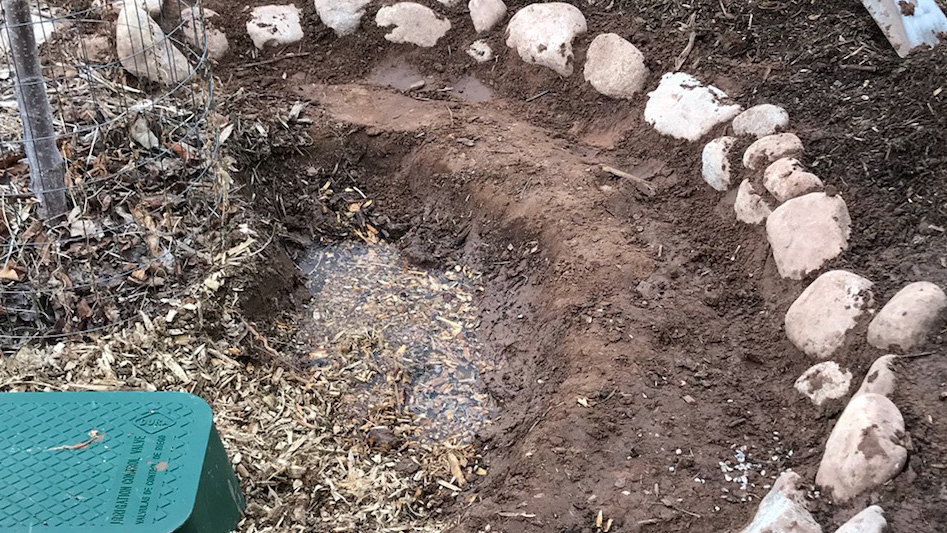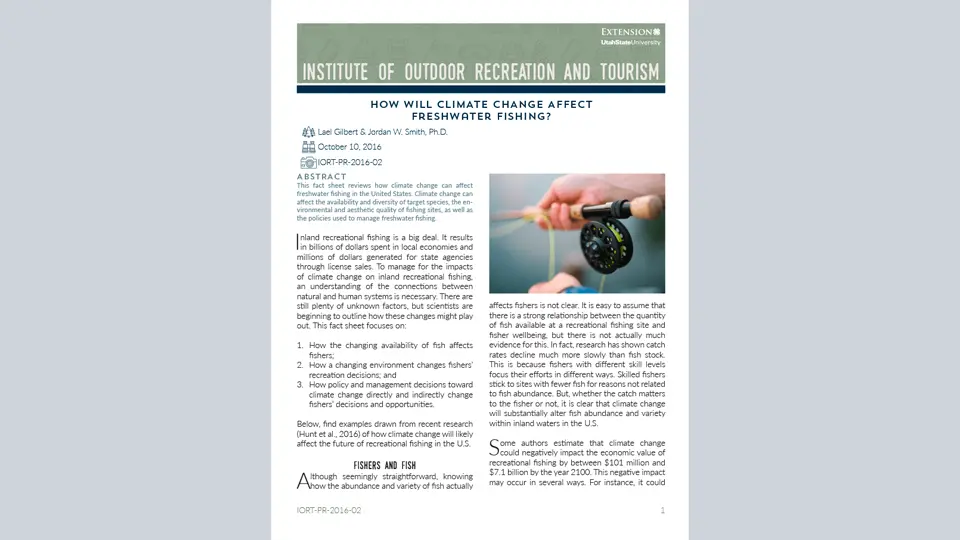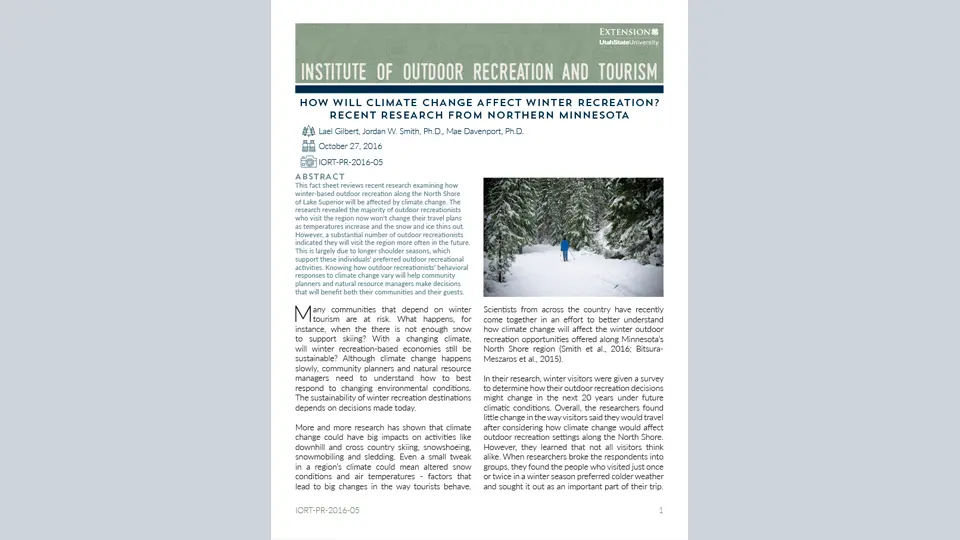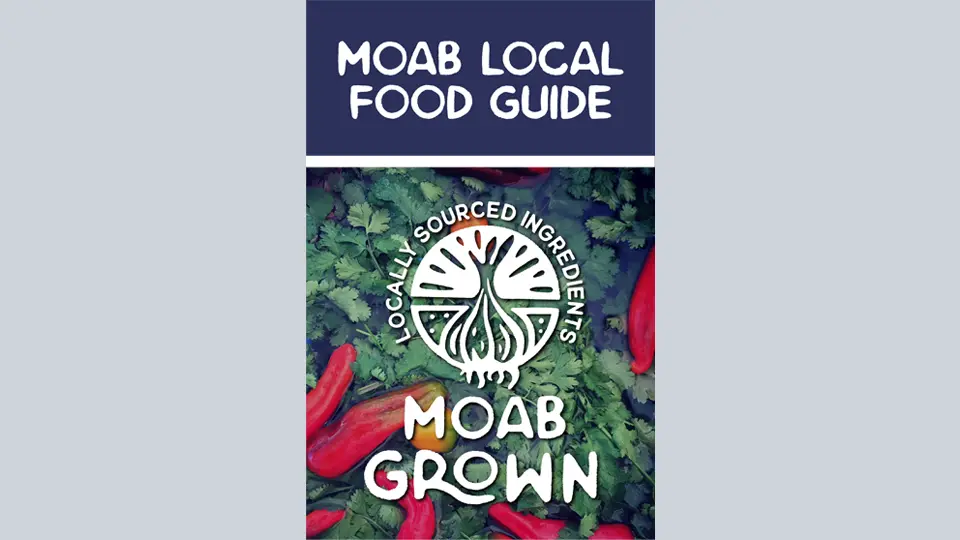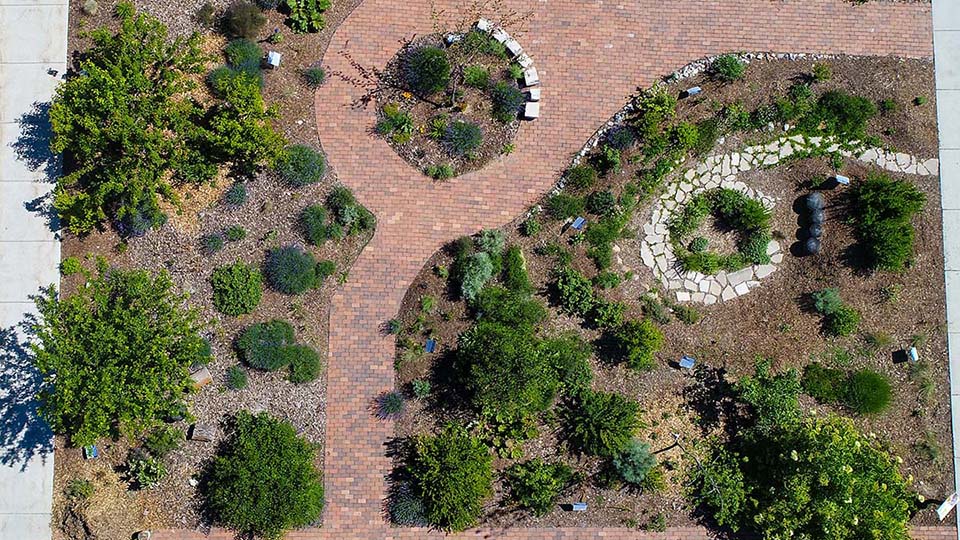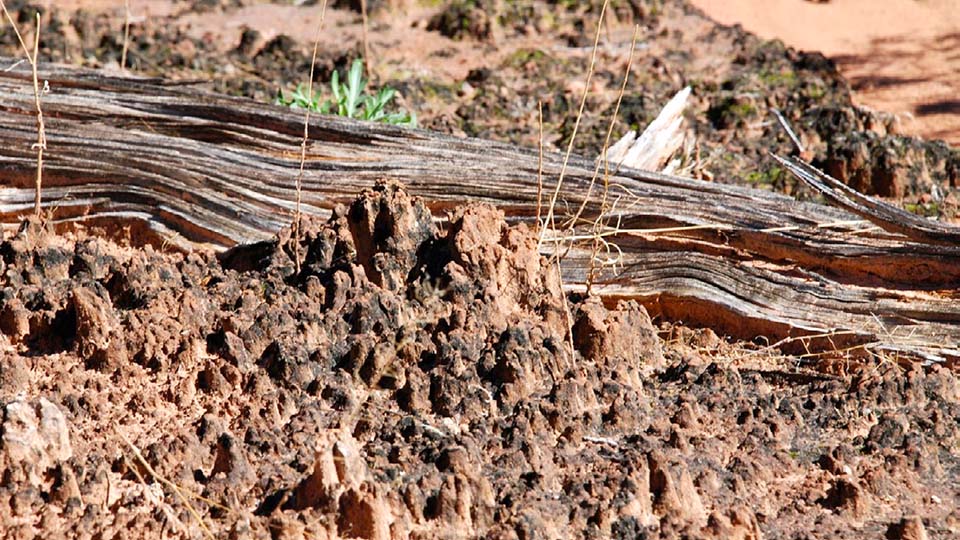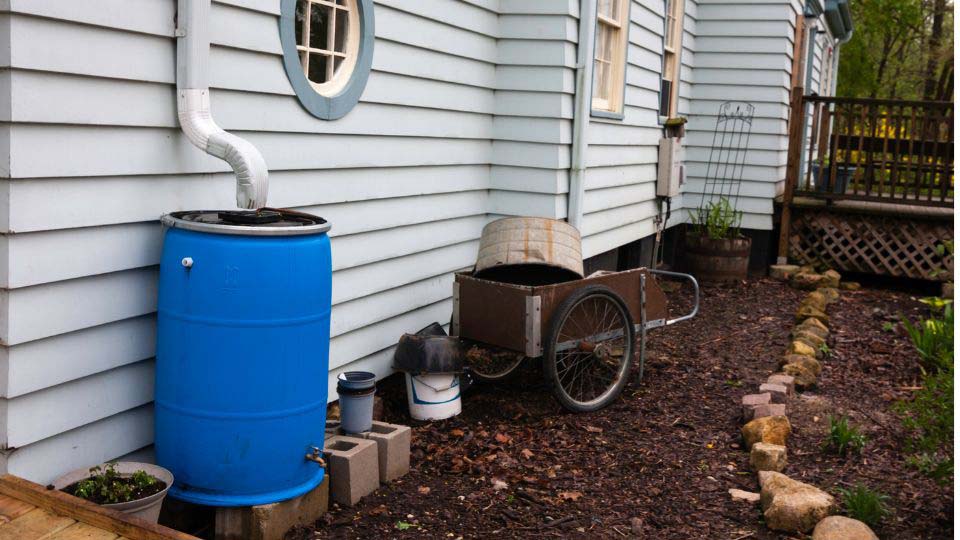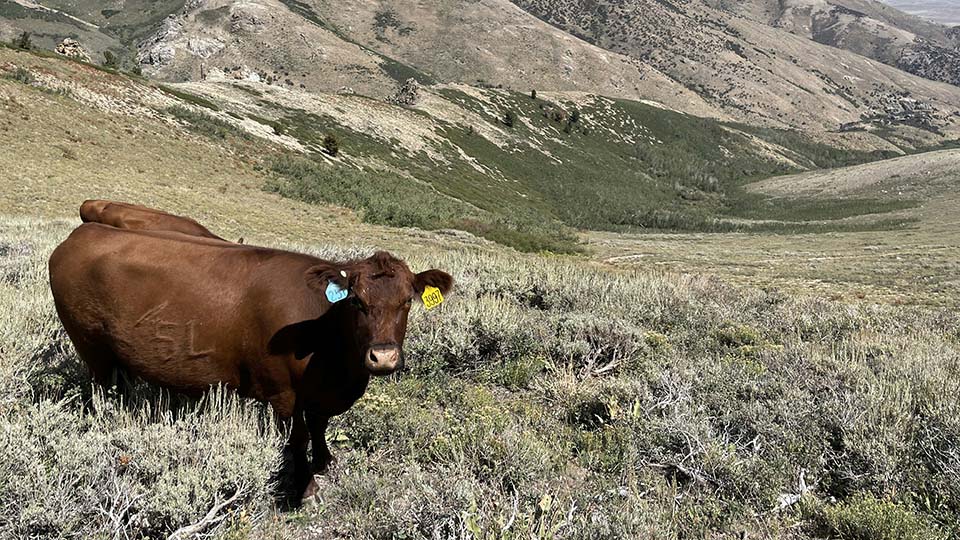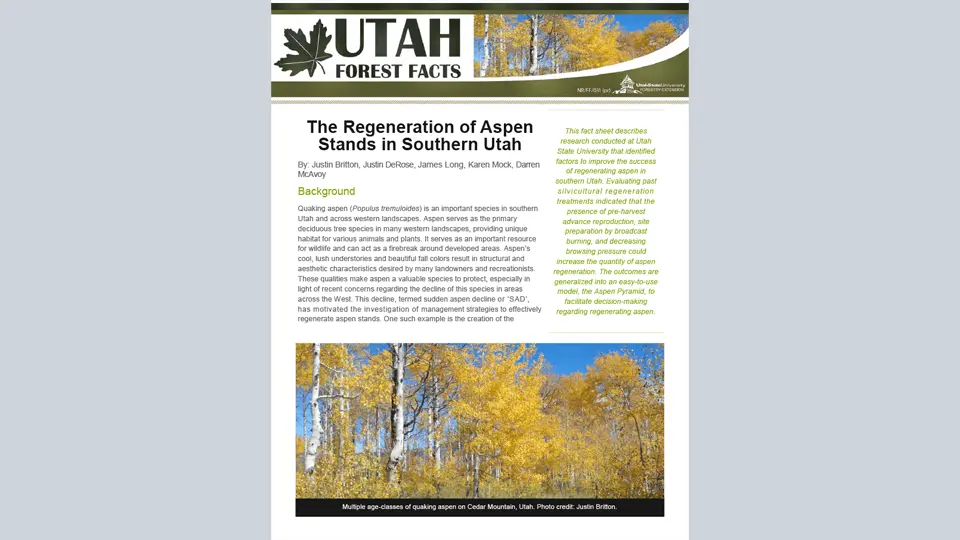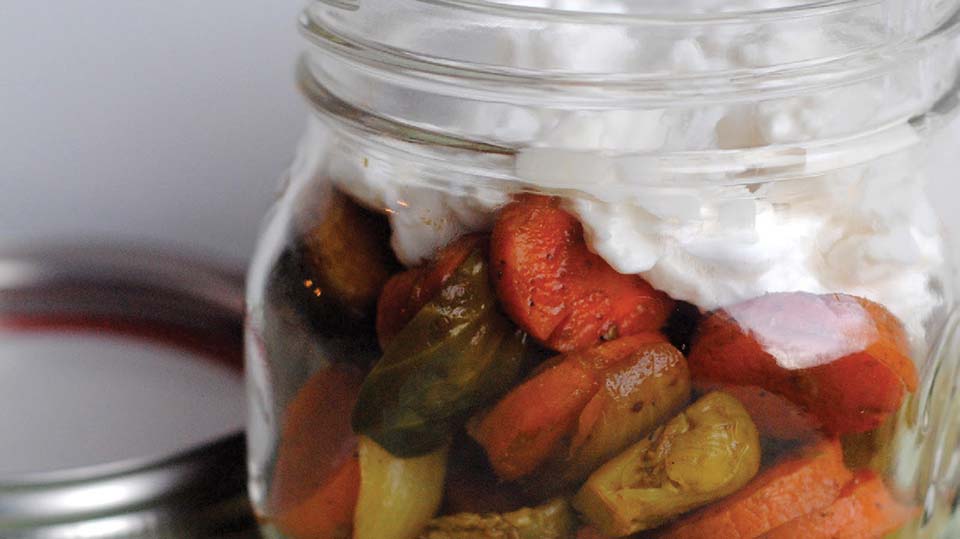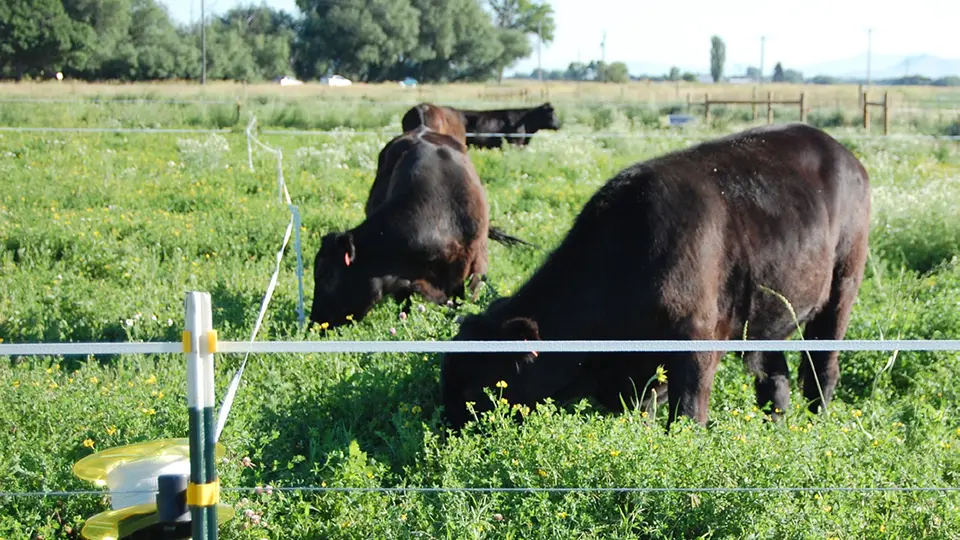Community Supported Agriculture: Starting and Managing Your Operation
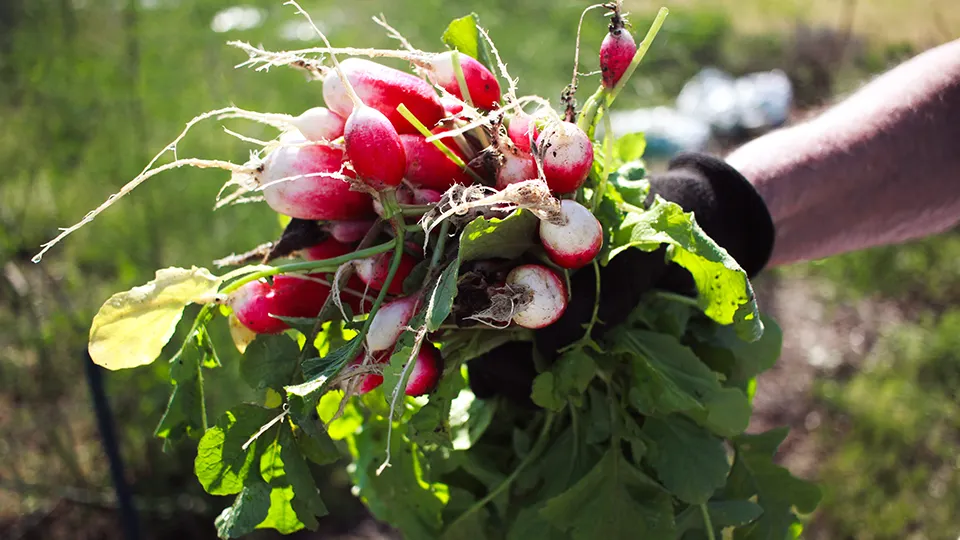
Starting a Community Supported Agriculture (CSA) operation requires planning and consideration. The method and process of your CSA operation must be determined, as well as how to properly record and finance the operation.
Finding Land in Utah
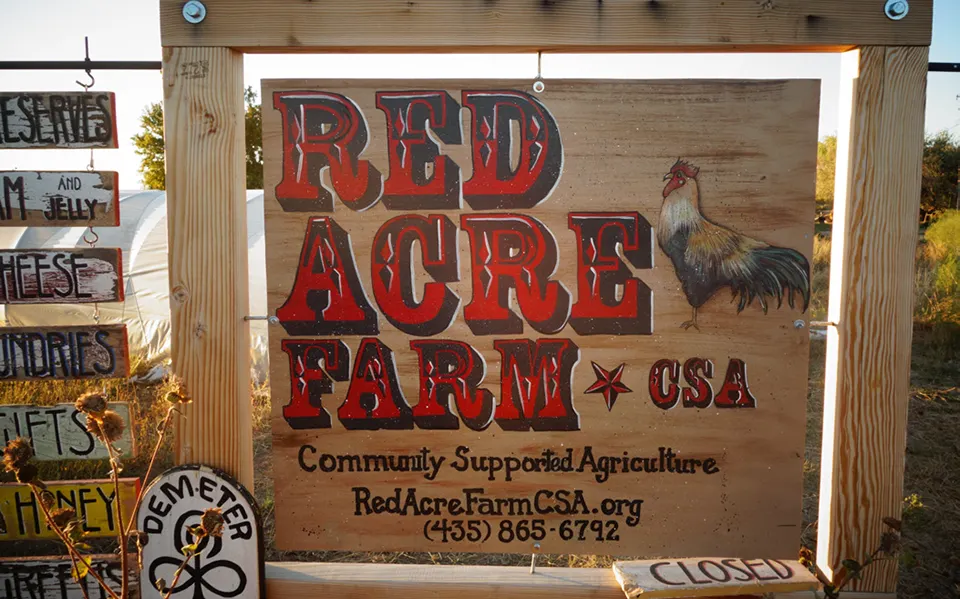
Buying Land: Many CSAs thrive in areas located close to urban centers where there is a nearby consumer base for their product and community to interact with (Strochlic & Shelley, 2004). The Office of Management and Budget defines “urban” as “densely-settled” with at least 50,000 people (Office of Management and Budget, 2010). However, land can be expensive on the fringes of an urban population as opposed to growing on land in rural areas and transporting goods in to urban centers. Buying land allows for long-term investment. As crops are planted year after year, soil conditions can improve with wise management practices such as adding organic matter, green manures, no-till, and/or cover cropping. This involves selecting farming strategies best suited to the land and operation. Without the need of relocation, you can also create and maintain a constant tie to the local community and shareholders. A potential barrier would be the cost of land.
Renting Land: Salt Lake County is piloting an urban farming program to lease unused parcels of land to growers. The program, called Farmlink, connects available land in Salt Lake County with interested growers. Some land may be owned by public entities such as Salt Lake County or a municipality, while some may be privately owned. Applicants for leases are asked about farming experience, a business plan, farming method, diversity of crops to be grown, type of local food businesses used to market the produce grown, irrigation methods, and financial capability. If you are interested in urban agriculture, find out what’s allowed in your city by checking out this site: http://slco.org/urbanfarming/doctopdf/Handout.pdf. For more information, visit the Salt Lake County’s urban agriculture website at www. urbanfarming.slco.org.
Creative Options: In first gauging whether farming is right for you, you may wish to investigate a low commitment option in your community, such as a community plot. As an example, The Green Urban Lunchbox offers a small farm initiative that allows participants to grow organic produce as part of a community farm. Tools, training, water, and other guidance is provided through the program (The Green Urban Lunchbox, 2016). These types of programs are great for getting your “foot in the farming door.” Another option is SPIN farming. SPIN stands for s-mall p-lot in-tensive agriculture (SPIN Farming LLC, 2016). SPIN farming is designed for urban growers to use backyards, front lawns, or neighborhood lots to grow produce with short harvest times so that they can grow and harvest them quickly and multiply their production in a small space. This is one form of bio-intensive agriculture, which aims to receive a good harvest from small areas of land. This, and other bio-intensive practices, is an option for those who live in cities or other areas where a large amount of land is not feasibly obtainable.
Determining Share Size & Season in Utah
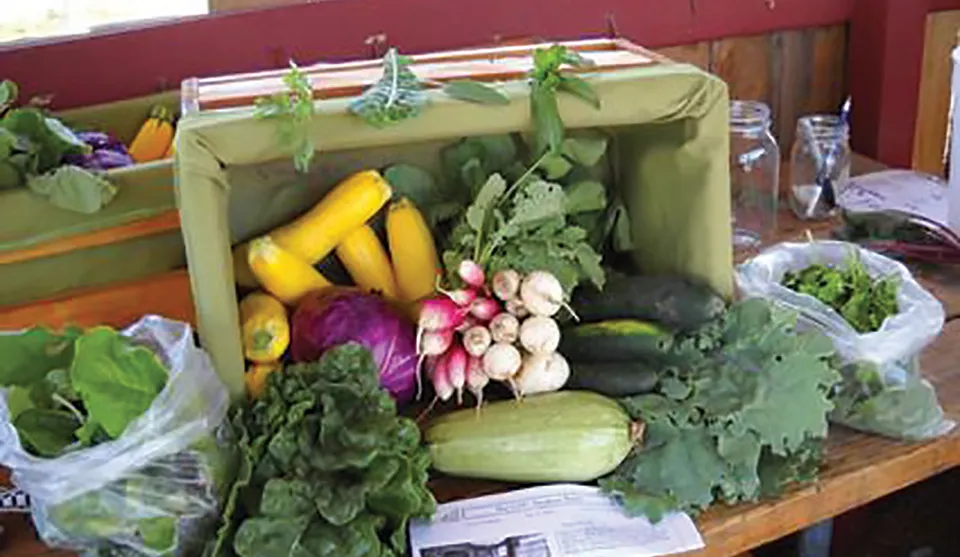
Determining the Share Size: Many CSAs offer a full-size share or half-size share to shareholders. A full-size share should provide enough food for a family of four throughout the week (CSA Utah, n.d.). Full-sized shares are intended for more than two people, are priced at a higher rate, and are either delivered more often to shareholders or with more produce per share. A half-sized share is intended for two people.
Determining the Season: The length of time you provide shares is a significant factor when planning a CSA. Growing season can vary depending on location, climate, production, member retention, and marketing of the CSA (Strochlic & Shelley, 2004). Shares are often distributed on a weekly basis throughout the season. Utah’s summer share season usually starts in mid-May or June and ends in October depending on the region, averaging 18 to 20 weeks in length. Nationwide, average seasons are 20 weeks. Some Utah CSAs will offer a fall CSA veggie share that lasts 6 to 8 weeks or a winter CSA share. Nutrition, Dietetics and Food Sciences at Utah State University offers a winter soup CSA, using preserved herbs and vegetables gathered during the summer growing season. You should learn the growing season for your area in order to plan effective CSA production.
Distributing Shares
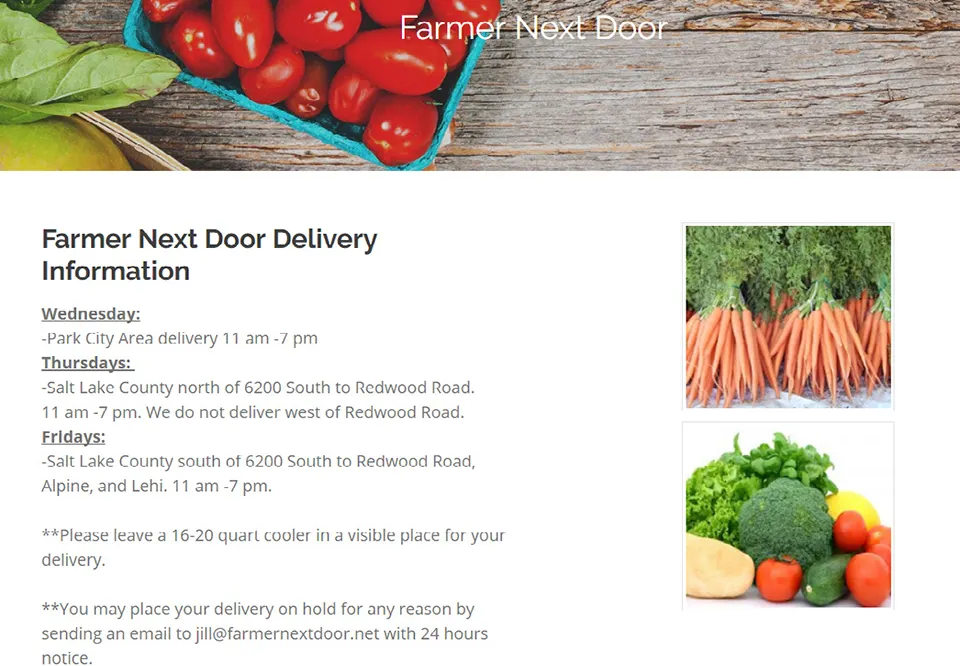
You need to determine when and where shares will be picked up or delivered to shareholders. Many CSAs have on-farm pickups and then pickup sites in towns or cities that are within reasonable travel distance for shareholders. On-farm pickups are a great option for farms with shareholders close by. Shareholders get to see where their produce has come from and build relationships with you. The Center for Agroecology and Sustainable Food Systems at the University of California Santa Cruz (2003) found a key difference between consumers who shop at farmers’ markets and those who purchase CSA shares is the connection to the farm provided by the CSA operation. For you to sell your produce, you must obtain any required insurance or food licenses.
Pickup or drop-off sites can include public places such as workplaces, shareholders’ homes, libraries, general stores, farmers’ markets, churches, or local parks. A shareholder’s garage, porch, or yard could be enough space needed to distribute (Milstein, 1999). If the pickup site is located at someone’s home, the proper insurance or sellers license is needed. You should research the area before determining it a pick up site as some residential areas exclude commercial activity (Armstrong, 2014).
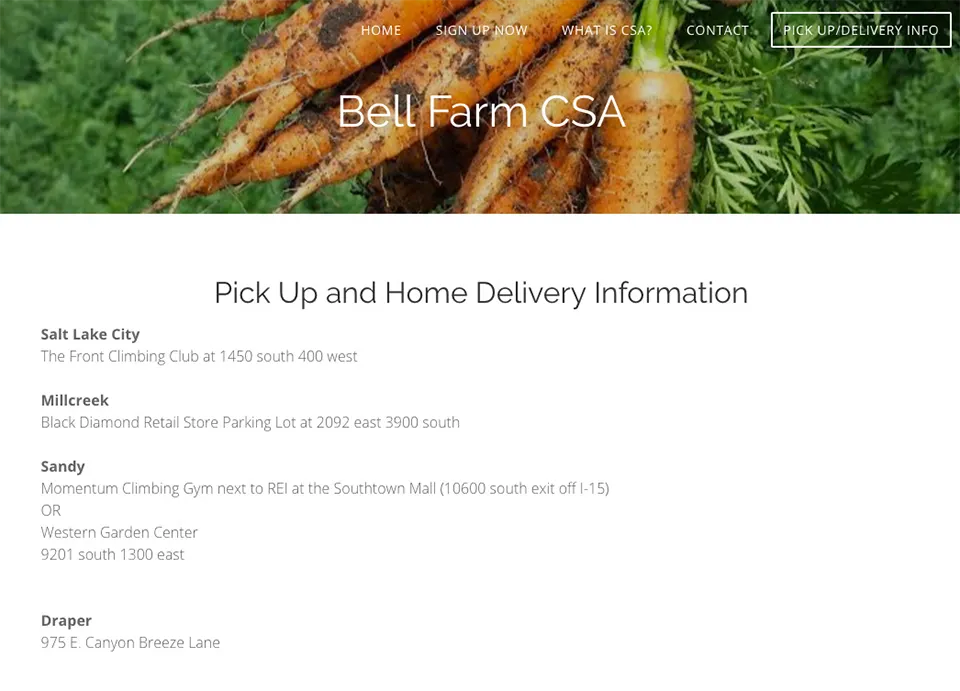
Home deliveries are another option offered by CSAs. When many shareholders are located in an apartment complex or area such as assisted living, this may be a smart alternative. Shareholders typically are expected to pay more for their share if registering for home delivery.
Packaging Shares
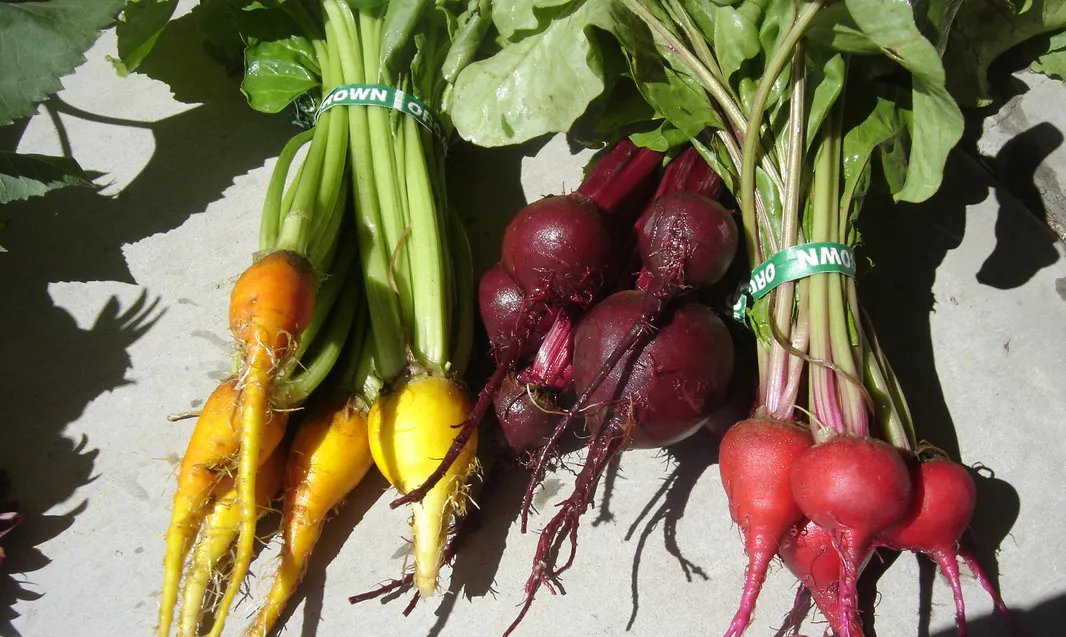
Shares may be packaged in bags or boxes prior to pick up. This makes for a quick and simple distribution of an equal and organized share. An easier option may be to set produce in bulk and allow shareholders to take their share (Milstein, 1999). Some produce, like kale, can be bundled and placed in a cooler - this method is used by Youth Garden Project’s CSA in Moab, Utah. Using this format, shareholders are encouraged to bring their own bag, and follow the direction of signage or the distribution site manager.
The pickup location would benefit from a sign telling shareholders how much of which produce they should take home. Shareholders could also trade produce with each other to cater to their personal taste. Youth Garden Project’s CSA in Moab, Utah, allows shareholders to leave any produce they will not use in a designated basket, and others are able to take this produce if they wish when they pick up their shares. If you choose to offer pick up in bulk distribution, you should make sure you are not liable for any safety problems that coincide with shareholders packaging their own food.
Record Keeping
Records should be kept to avoid organizational or legal issues (Armstrong, 2014). Recording data is also helpful as you have the capability of comparing information such as cost and profit from different seasons. Records can be kept in Excel sheets, through certain databases, or even by hand. The following shareholder information is beneficial for CSAs to keep track of in the case of any disputes, refunds, or miscommunication:
- Member contact information
- Payment plan
- Payments made
- Share size
- Location of distribution (pick up location, home delivery, on-farm pick up)
- When and where each share was distributed (date, time, and location of pick up)
Finding Financing
Financing a CSA can be challenging, but there are many resources and creative solutions. Begin the financing process by looking at operating expenses and potential investments in order to decide the best options (Burke et al., 2012). Many CSA growers omit their labor when budgeting; do not make this error. Once a budget is established, there are several resources offering loans and financial services.
The USDA Farm Service Agency offers financial services and loan programs to growers, ranchers, and agricultural partners. The agency provides credit to growers and ranchers who cannot receive private, commercial credit. The Microloan Program is designed specifically for new direct marketing farms, such as CSAs (USDA, n.d.).
The USDA Farm Service Agency also offers Beginner Farmer and Rancher Loans for small farms within their first 10 years of business (USDA, n.d.). Other Farm Service Agency loan programs are the Direct Farm Ownership Loan and Down Payment Farm Ownership Loan. Find a Utah USDA Farm Service Agency office nearby by searching this website: http://www.fsa.usda.gov/state-offices/Utah/programs/index.
Western Ag Credit is another financial service that offers loans and insurance to growers who are young (under 35 years old), beginning (under 10 years of business and farming experience), and small (make less than $250,000 in annual sales) in a program called AgStart (Western AgCredit, 2016).
Summary
This fact sheet explored ways to manage a successful CSA operation. Factors such as farm size, CSA type, obtaining land, share size and season, distribution and packaging of shares, record keeping, management software, and financing should be taken into consideration when planning a CSA operation. There are a variety of options that you can choose from in order to develop the best operation specific to you.
References
- Armstrong, R. (2014). Building the base of your CSA on solid legal footing [Video file]. In Vimeo. Retrieved from https://vimeo.com/82409311
- Burke, M., Anthony, I., Canella, M., Curtis-Murphy, E., Higby, A., Holtzman, B., . . . Yandow, C. (2012). Guide to Financing the Community Supported Farm. UVM Center for Sustainable Agriculture, University of Vermont Extension. Retrieved from http://www.uvm.edu/newfarmer/business/finance-guide/Guide to Financing the Community Supported Farm_March2012.pdf
- CSA Utah. (n.d.). Become a CSA farmer. Retrieved from http://csautah.org/get-involved/become-a-csa-farmer
- Garden City Harvest. (n.d.) Community Gardens. Retrieved from http://www.gardencityharvest.org/programs/community-gardens/
- Milstein, S. (1999, February). How to start and run a community supported agriculture (CSA) group. Mother Earth News. Retrieved from http://www.motherearthnews.com/organic-gardening/community-supported-agriculture-zmaz99fmztak.aspx?PageId=3#ArticleContent
- Office of Management and Budget. (2010). 2010 standards for delineating metropolitan and micropolitan statistical areas; notice. Federal Register Part IV, 75(123). Retrieved from https://obamawhitehouse.archives.gov/sites/default/files/omb/assets/fedreg_2010/06282010_metro_ standards-Complete.pdf
- SPIN Farming LLC. (2016). What’s SPIN. Retrieved from http://spinfarming.com/whatsSpin/
- Strochlic, R., & Shelley, C. (2004, May). Community supported agriculture In California, Oregon and Washington: Challenges and opportunities. Retrieved from the California Institute for Rural Studies website: http://www.cirsinc.org/publications/category/9-food-systems
- The Green Urban Lunchbox. (2016). Space intensive vegetable production. Retrieved from https://www.thegreenurbanlunchbox.com/high-intensity-vegetable-production
- United States Department of Agriculture: Farm Service Agency. (n.d.). Beginning Farmers and Ranchers Loans. Retrieved from http://www.fsa.usda.gov/programs-and-services/farm-loan-programs/beginning-farmers-and-ranchers-loans/index
- United States Department of Agriculture: Farm Service Agency. (n.d.). Microloan Program. Retrieved from http://www.fsa.usda.gov/programs-and-services/farm-loan-programs/microloans/index
- University of California Santa Cruz, The Center for Agroecology & Sustainable Food Systems. (2003). Community supported agriculture on the central coast: The CSA member experience (Research brief #1). Retrieved from http://casfs.ucsc.edu/documents/research-briefs/RB_1_CSA_ members_survey.pdf
- Western Ag Credit. (2016). Young, Beginning & Small. Retrieved from https://www.westernagcredit.com/products_and_services/young_beginning_small
May 2017
Utah State University Extension
Peer-reviewed fact sheet
Authors
Kenna McMurray, Kelsey Hall, & Roslynn Brain
School of Applied Sciences, Technology & Education & Department of Environment & Society
Related Research





